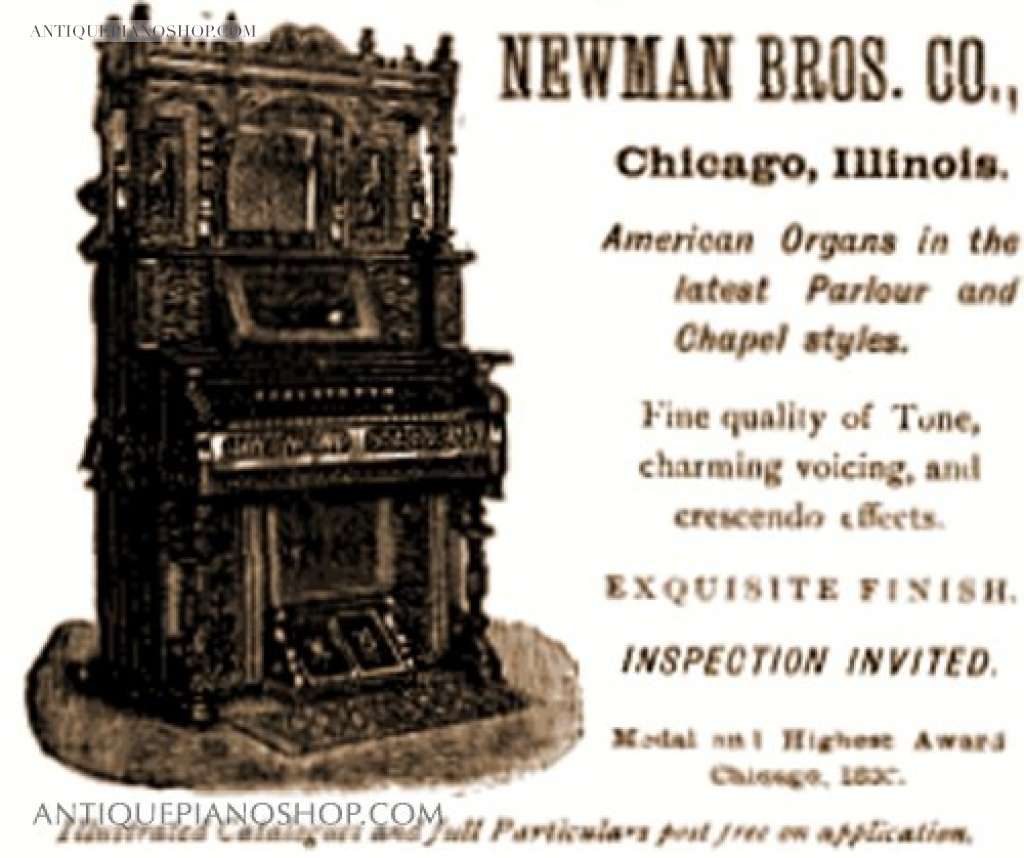

Piano rolls, the perforated “code” of the player piano, also remain as unique historical record of the stylings of iconic pianists of the period. Though the player piano is understood now as an obsolete oddity - a short-lived steampunk quirk of simpler times - the instrument was a revolutionary step forward for bringing music into new places at the dawn of the 20th century. “Yes, my daughter has a great foot for music.” The Saturday Evening Post, February 24, 1923 Your dinner guests have a grand time and the party is saved, thanks to pneumatic technology. With a steady pump of the foot pedals, or treadles, your piano could play itself, the black and white keys moving as if fingered by a poltergeist. For the first time in history, attractive music filled homes without the need for a learned (human) player. They need music, a group sing-along of “Sweet Adeline” or “Wait Till the Sun Shines Nellie,” but there isn’t a pianist in the bunch.Įnter the player piano. You’d planned to keep them entertained with some trendy parlor games, but charades isn’t going to cut it for this crowd. Your dinner guests have finished their mutton pies and cream pudding and they’re bouncing off the papered walls from the café noir. You’re an ambitious hostess in a turn-of-the-century, middle-class home.


 0 kommentar(er)
0 kommentar(er)
